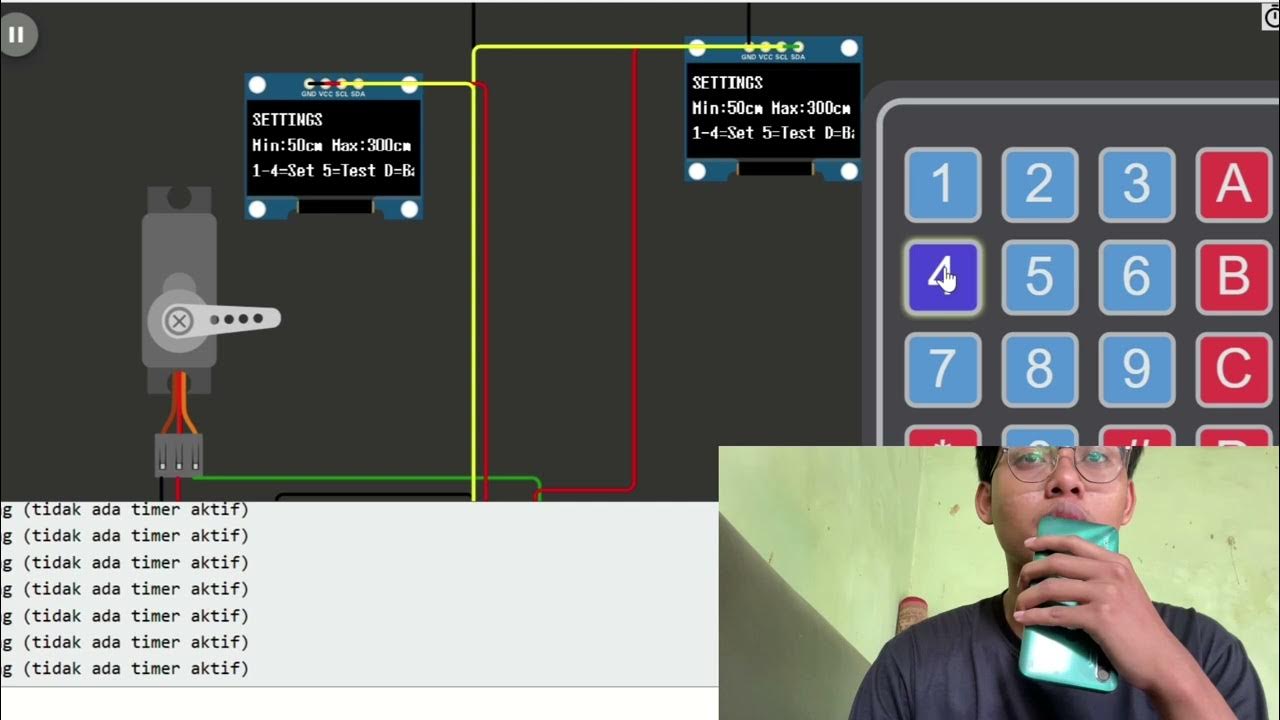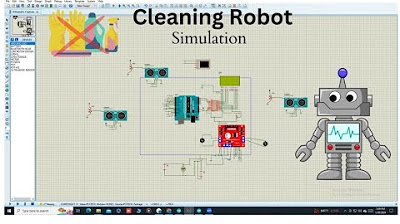How to make Light Follower Robot using LDR Sensor and LM358 Operational Amplifier | without Arduino
Summary
TLDRThis project showcases a light-based circuit simulation using operational amplifiers, sensors, and motors. It employs the LM358 operational amplifier to control two motors based on light detection from sensors, specifically Light Dependent Resistors (LDRs). The circuit design enables real-time response to light changes, with sensitivity adjustments to enhance performance. As the simulation runs, motors activate or deactivate depending on the light conditions detected by the sensors. The project serves as an educational tool for understanding electronics and automation principles, emphasizing practical applications in circuit design.
Takeaways
- 🔌 The project involves a light-controlled motor system using operational amplifiers.
- 🔧 LM358 operational amplifier is utilized, which contains two operational amplifiers.
- 💡 Light Dependent Resistors (LDR) are used for detecting ambient light levels.
- 🛠️ Two NPN transistors (BD139) are employed for switching the motors on and off.
- ⚙️ A DC gear motor is used to control movement based on sensor input.
- 🔍 Sensitivity can be adjusted to make the system more responsive to light changes.
- 📊 The simulation file and circuit diagram are available for download.
- 🚦 When the left sensor detects light, the left motor is activated.
- 🚦 Conversely, when the right sensor detects light, the right motor activates.
- 🔄 If both sensors detect light, the motors will remain off, maintaining stationarity.
Q & A
What is the main project discussed in the transcript?
-The main project discussed is a light control system utilizing operational amplifiers and various sensors to control motors.
What type of operational amplifier is used in the circuit?
-The circuit uses the LM358 operational amplifier, which contains two operational amplifiers in one package.
How many motors are controlled in the project, and what is their purpose?
-Two motors are controlled: one for the left side and one for the right side, to respond to light detected by the sensors.
What sensors are mentioned in the project?
-The project utilizes light-dependent resistors (LDRs) as sensors to detect light intensity.
What component is used for switching modes in the circuit?
-Two NPN transistors (BD139) are used for switching modes in the circuit.
How does the sensitivity setting of the system work?
-The sensitivity can be adjusted, and if set above 50%, the system becomes more responsive to changes in light levels.
What happens when the left-side sensor detects light?
-When the left-side sensor detects light, the left motor turns on, prompting it to move.
What occurs when both sensors detect light?
-If both sensors detect light, the system will stop the motors, indicating no movement should occur.
What is the purpose of the DC gear motors used in the project?
-The DC gear motors are used to drive the movement of the system in response to the detected light.
Can you describe the role of the circuit diagram mentioned?
-The circuit diagram illustrates the connections and components used in the project, including the power supply, sensors, and motors.
Outlines

此内容仅限付费用户访问。 请升级后访问。
立即升级Mindmap

此内容仅限付费用户访问。 请升级后访问。
立即升级Keywords

此内容仅限付费用户访问。 请升级后访问。
立即升级Highlights

此内容仅限付费用户访问。 请升级后访问。
立即升级Transcripts

此内容仅限付费用户访问。 请升级后访问。
立即升级浏览更多相关视频

Smart Water Game for Kids - Tugas Organisasi Komputer

Simulating the Future: Autonomous Cleaning Robot with Ultrasonic Sensors and Arduino in Proteus

Proteus Schematic - Sistem Kontrol Pompa Air #OTOMATIS

05 0 Openloop Comparator with 2Signals

New Science Project, Free Energy Based Science Project, Automatic Street Light Project #science

Best Science Project | Smart Street Project | Inspire Award Project | Smart City Project
5.0 / 5 (0 votes)
